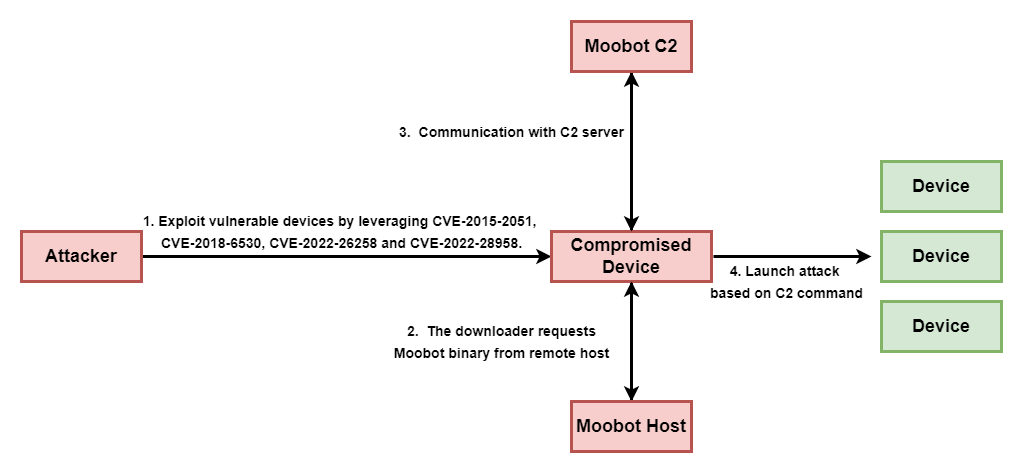A bunch of networks, including US Government networks, have been hacked by the Chinese. The hackers used forged authentication tokens to access user email, using a stolen Microsoft Azure account consumer signing key. Congress wants answers. The phrase “negligent security practices” is being tossed about—and with good reason. Master signing keys are not supposed to be left around, waiting to be stolen.
Actually, two things went badly wrong here. The first is that Azure accepted an expired signing key, implying a vulnerability in whatever is supposed to check key validity. The second is that this key was supposed to remain in the the system’s Hardware Security Module—and not be in software. This implies a really serious breach of good security practice. The fact that Microsoft has not been forthcoming about the details of what happened tell me that the details are really bad.
I believe this all traces back to SolarWinds. In addition to Russia inserting malware into a SolarWinds update, China used a different SolarWinds vulnerability to break into networks. We know that Russia accessed Microsoft source code in that attack. I have heard from informed government officials that China used their SolarWinds vulnerability to break into Microsoft and access source code, including Azure’s.
I think we are grossly underestimating the long-term results of the SolarWinds attacks. That backdoored update was downloaded by over 14,000 networks worldwide. Organizations patched their networks, but not before Russia—and others—used the vulnerability to enter those networks. And once someone is in a network, it’s really hard to be sure that you’ve kicked them out.
Sophisticated threat actors are realizing that stealing source code of infrastructure providers, and then combing that code for vulnerabilities, is an excellent way to break into organizations who use those infrastructure providers. Attackers like Russia and China—and presumably the US as well—are prioritizing going after those providers.






